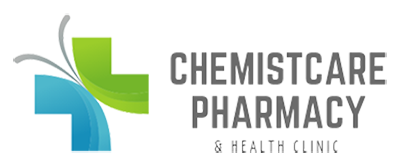
The main symptom of muscular dystrophy is muscle weakness that gets worse as you get older.
The symptoms you have and the age when they begin can vary. Some types of muscular dystrophy start in early childhood, while others do not start until later in life.
Signs can include:
In young children, symptoms can include floppiness and taking longer than expected to crawl or walk.
There are many different types of muscular dystrophy.
The type of muscular dystrophy you have affects:
The most common type is Duchenne muscular dystrophy, which begins in early childhood, usually only affects boys, and progresses quickly.
Muscular dystrophy is a genetic condition, which means it's caused by an altered gene. Different genes cause different types of muscular dystrophy.
The altered gene can be passed on from your parents (inherited), or you can be born with it even if your parents do not have it.
If someone in your family has been diagnosed with muscular dystrophy, genetic testing can help you find out if you have the gene that causes it.
If a GP thinks you or your child may have muscular dystrophy, they'll usually refer you to a specialist for tests.
More than one test may be needed to confirm a diagnosis or to identify the type.
Tests you might have include:
If there's a chance you could have a child with muscular dystrophy, a GP may refer you to a genetic counsellor to discuss the risks and options.
Tests are available before, during and after pregnancy for you and your baby.
These tests may include:
Muscular dystrophy is different for everyone.
All types of muscular dystrophy can affect your ability to move around. How severe your symptoms are and how quickly they get worse depends on the type you have.
Many people with muscular dystrophy will need to use mobility equipment, such as a wheelchair, as the muscle weakness gets worse.
Some types of muscular dystrophy can also affect other parts of the body, such as the heart, lungs or spine.
Muscular dystrophy can affect how long you live. This depends on your symptoms and how they affect you. Your care team can give you more information about this.
There is currently no cure for muscular dystrophy, but treatment can help manage your symptoms.
You'll normally be supported by a team of different specialists.
Your treatment will depend on the type of muscular dystrophy you have and your symptoms.
Treatments you may have include:
You'll also be offered support for living with muscular dystrophy. Every person's needs will be different depending on their symptoms.
Support you might need may include:
If you or your child have muscular dystrophy, your care team will be there to support you throughout your treatment.
You may also find it helpful to get support from other people with muscular dystrophy, or parents of children with muscular dystrophy.
There are also national charities that can offer help and support.
Muscular Dystrophy UK is a charity that provides support and information to people with muscular dystrophy and other muscle wasting conditions, and their family and carers.
Other organisations offering support and information include:
If you have muscular dystrophy, your care team will pass information on to the National Congenital Anomaly and Rare Disease Registration Service (NCARDRS).
This helps scientists find better ways to treat and prevent this condition. You can opt out of the register at any time.